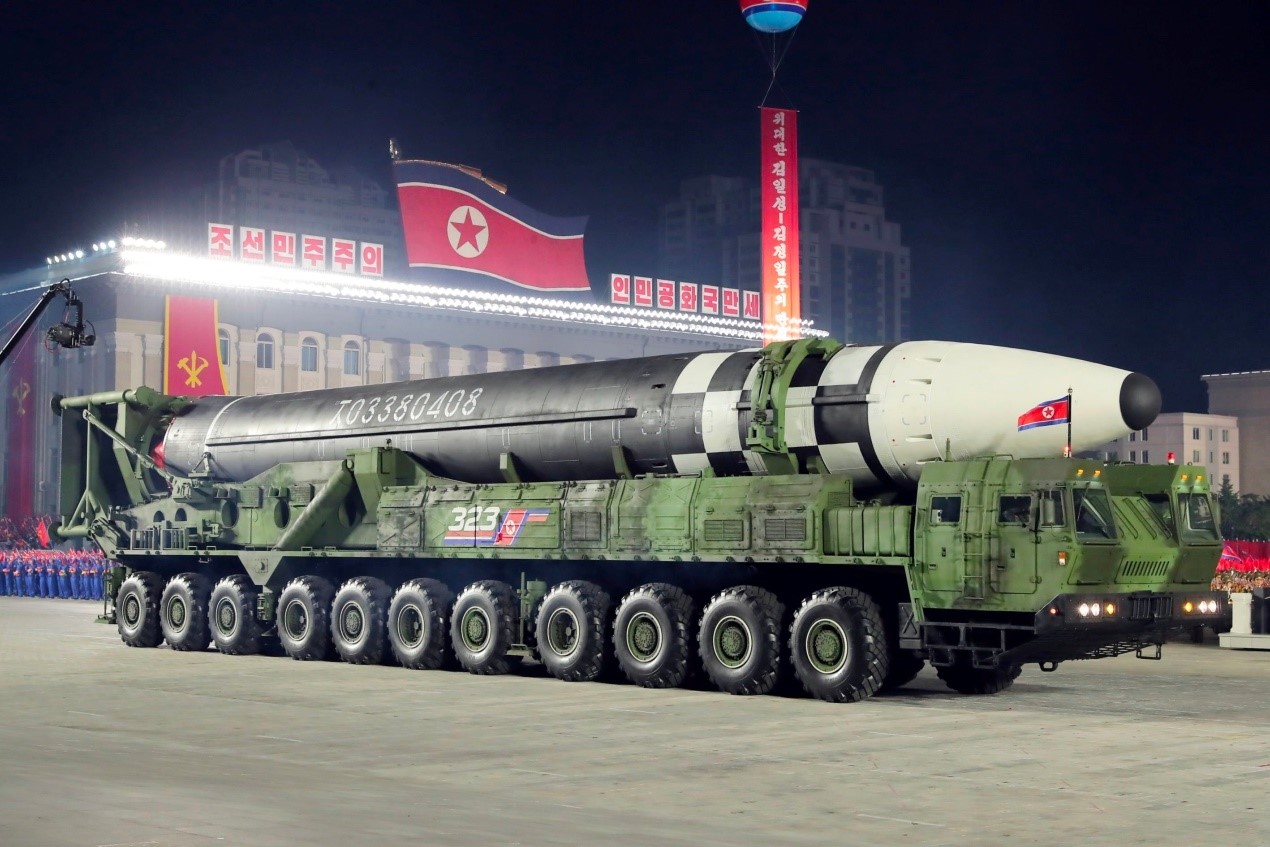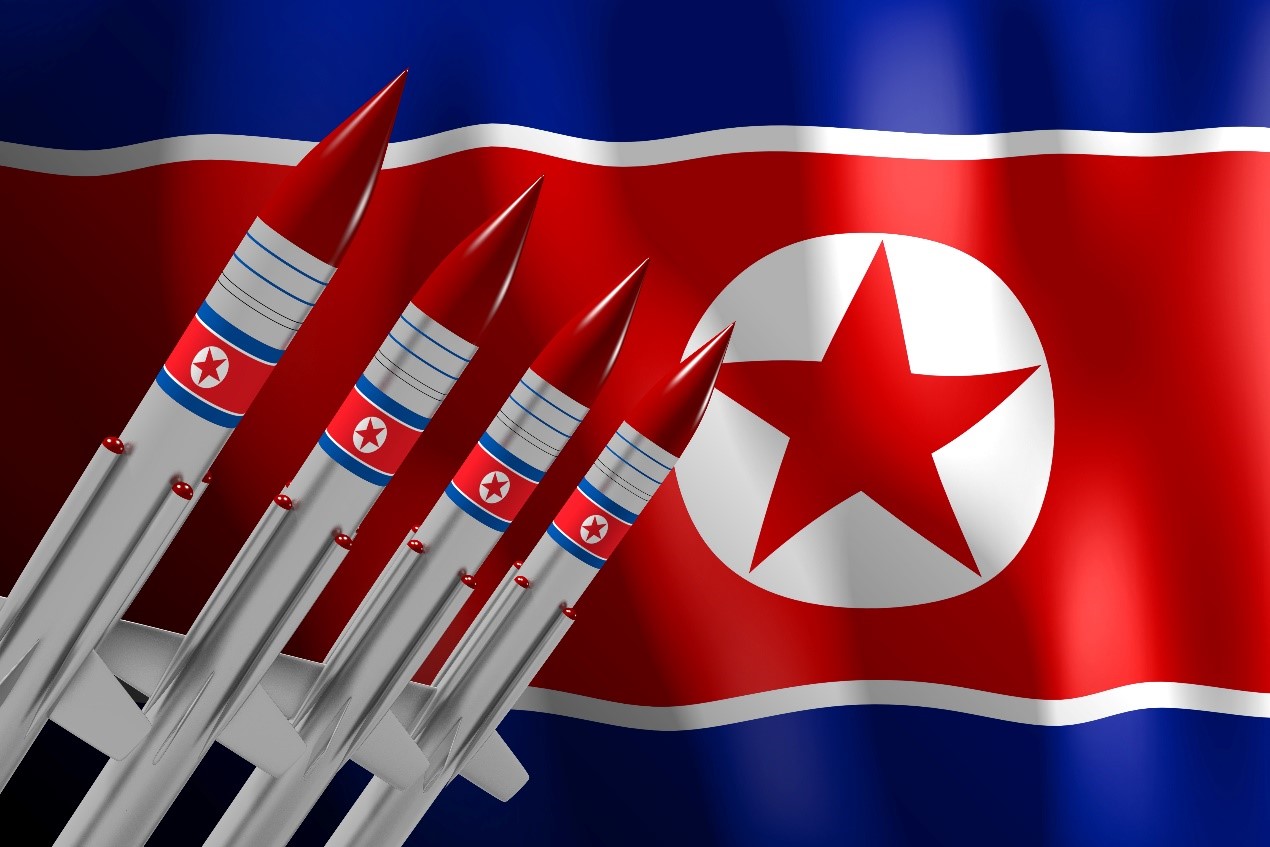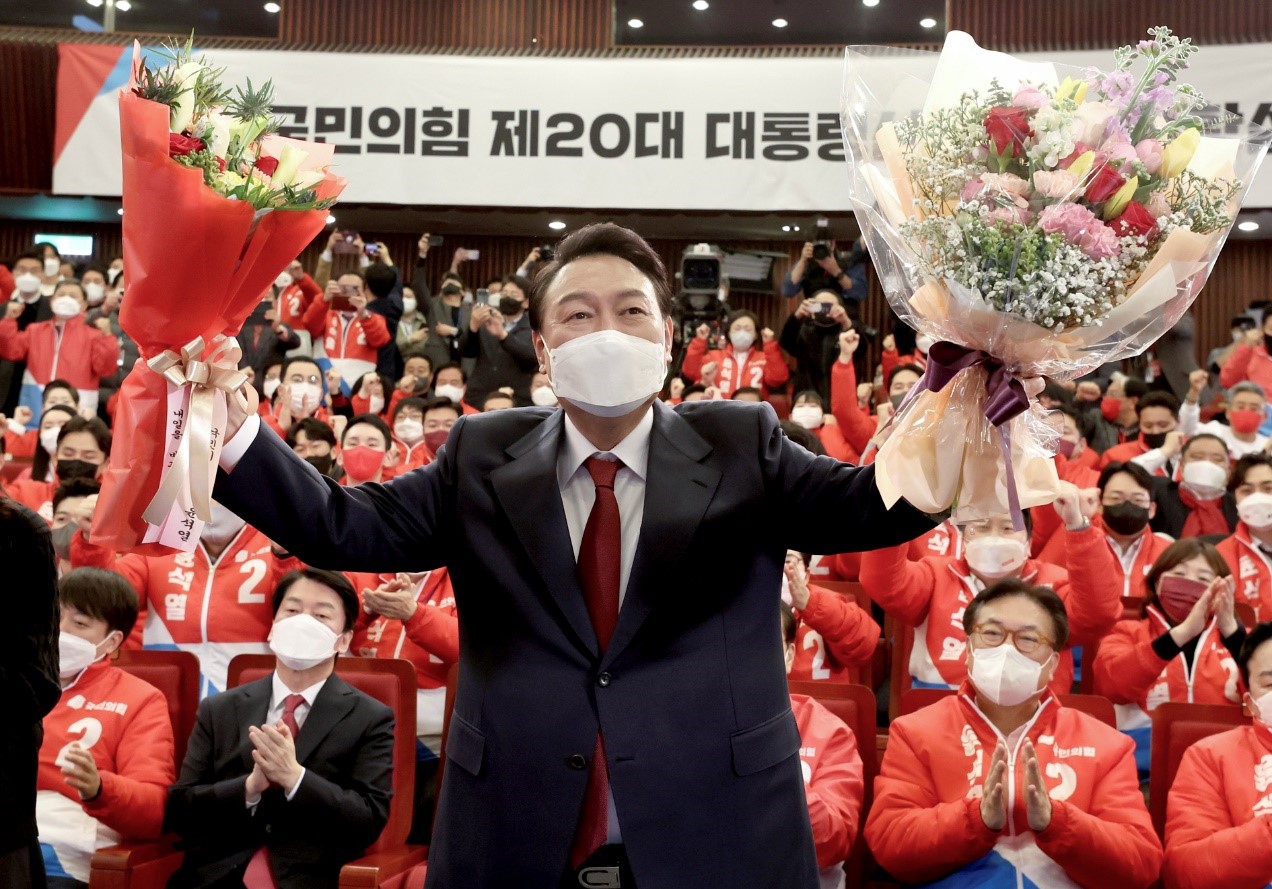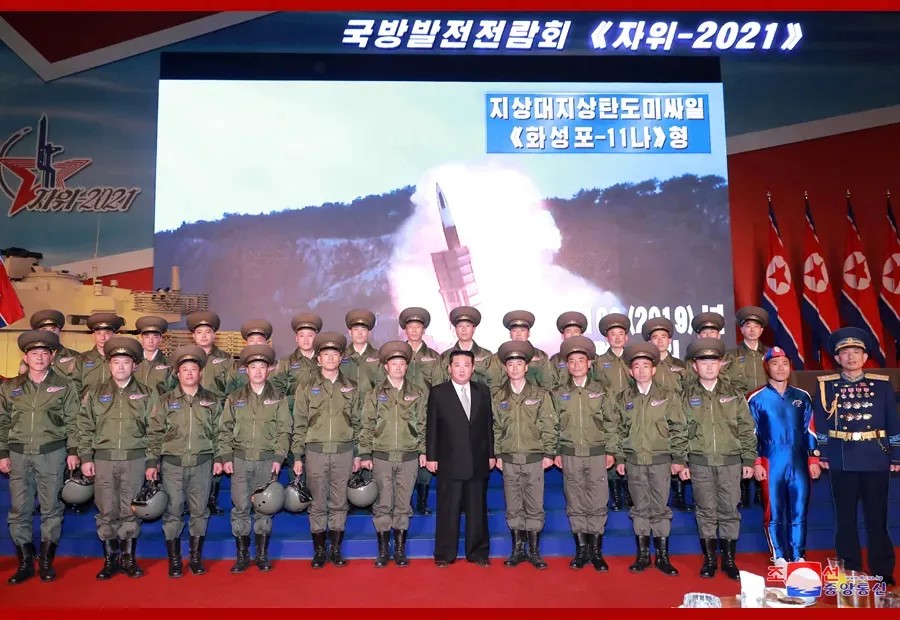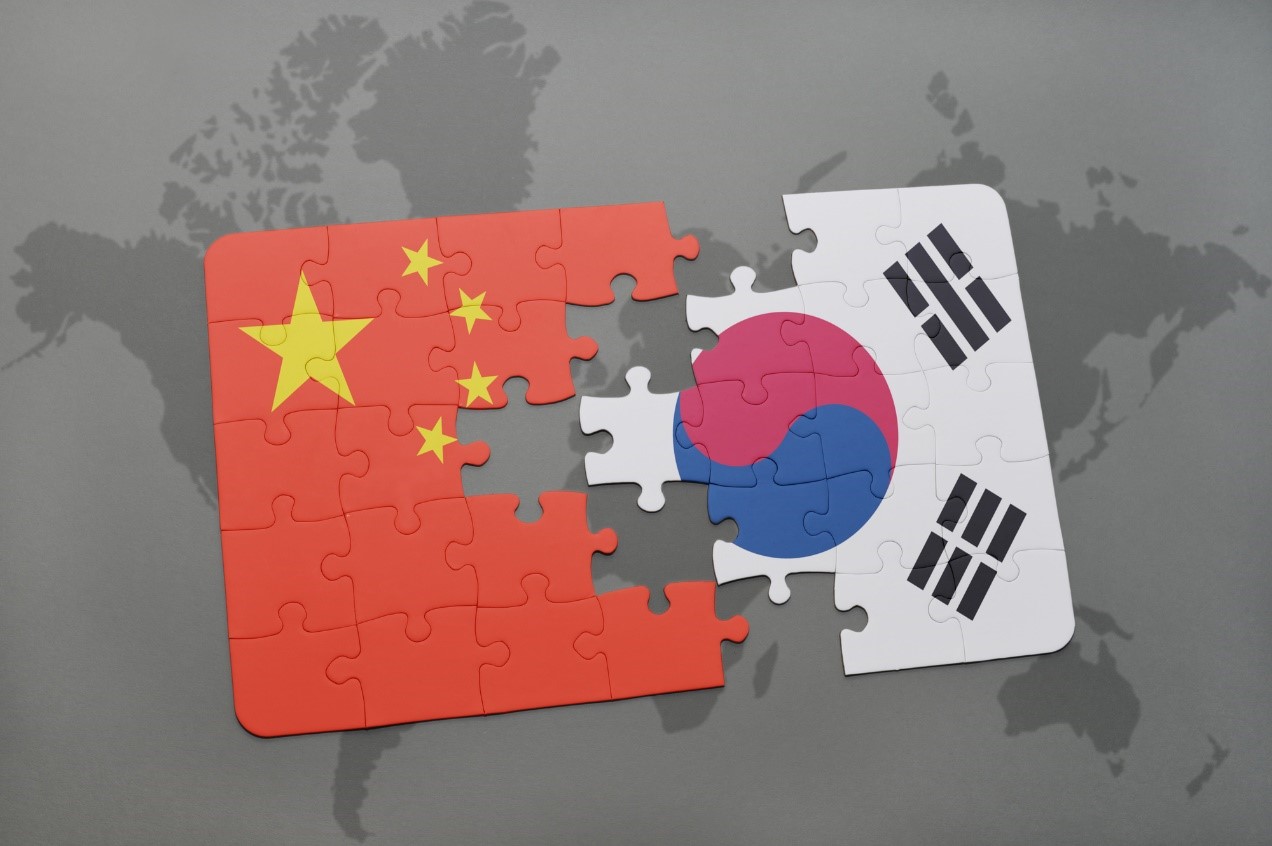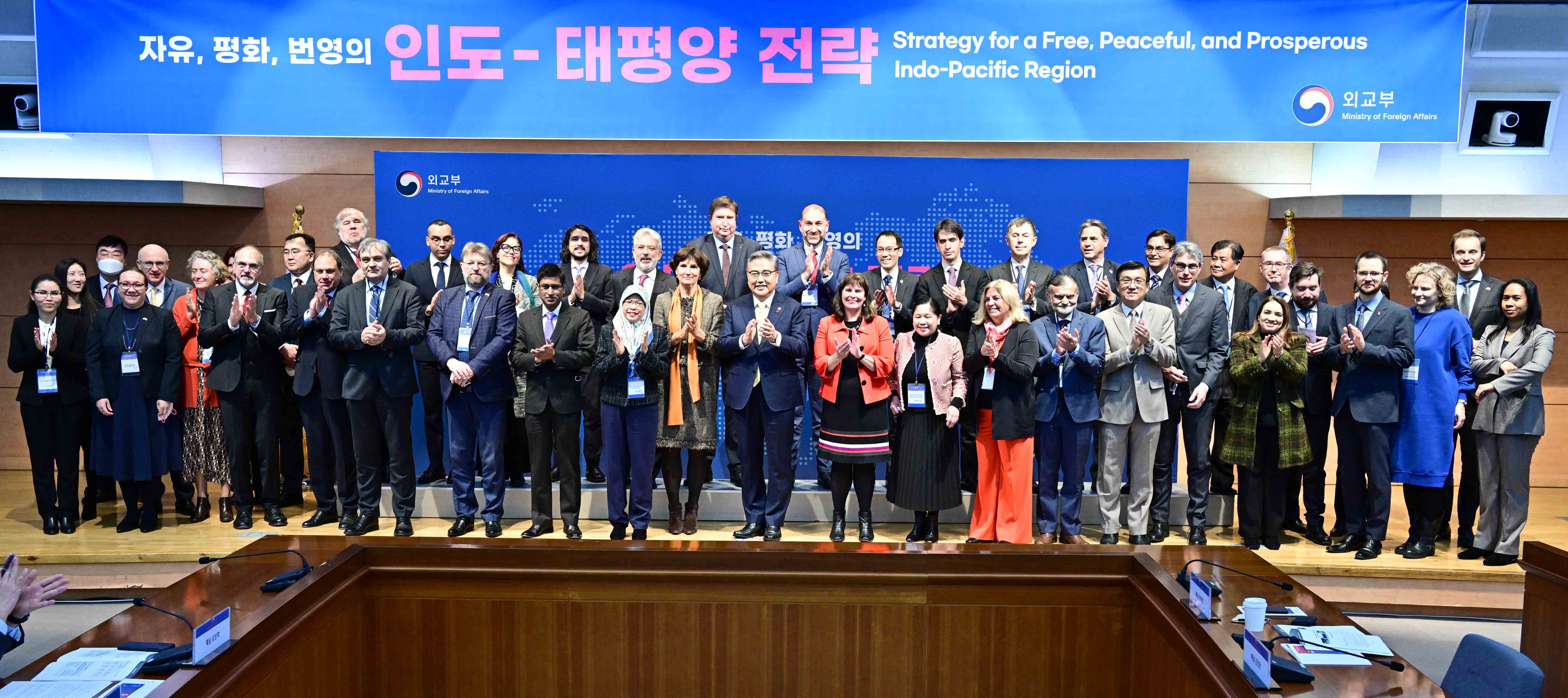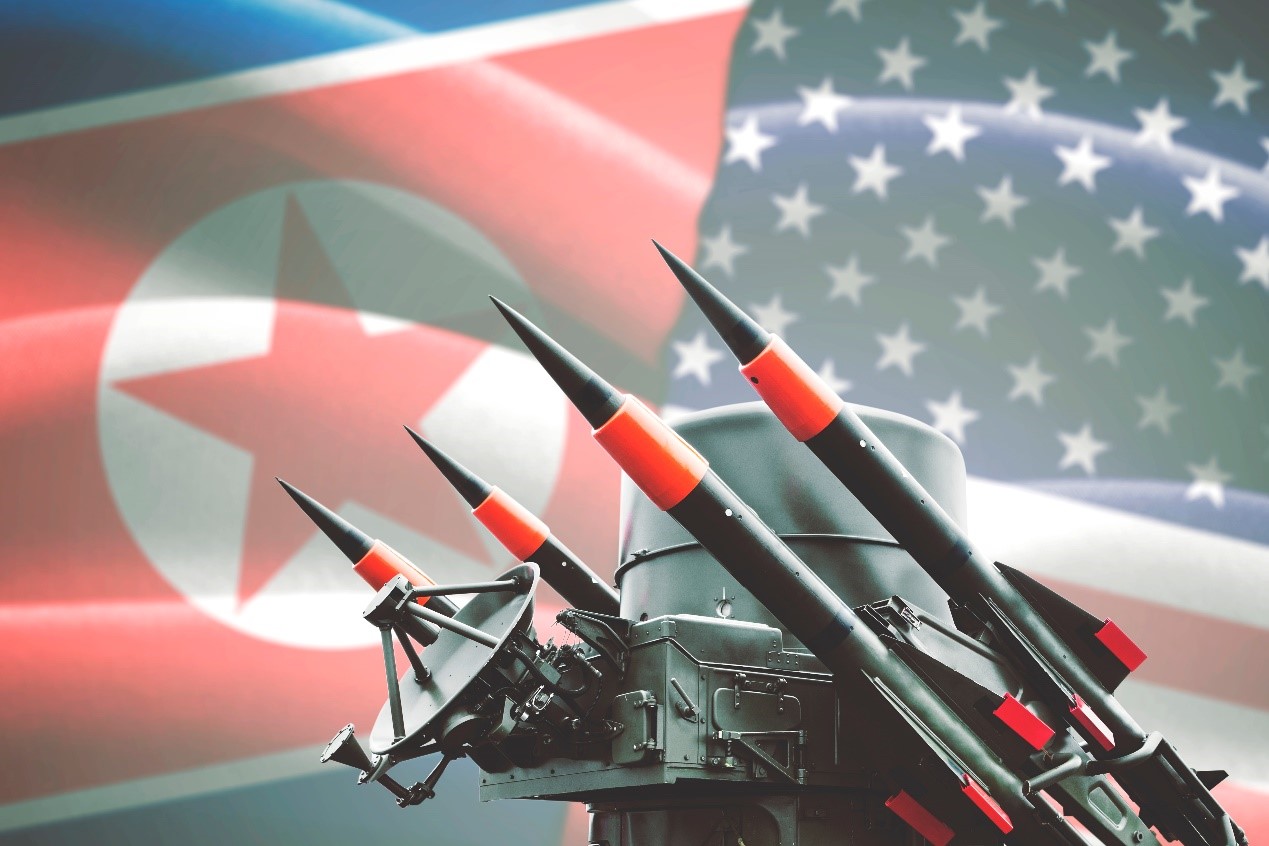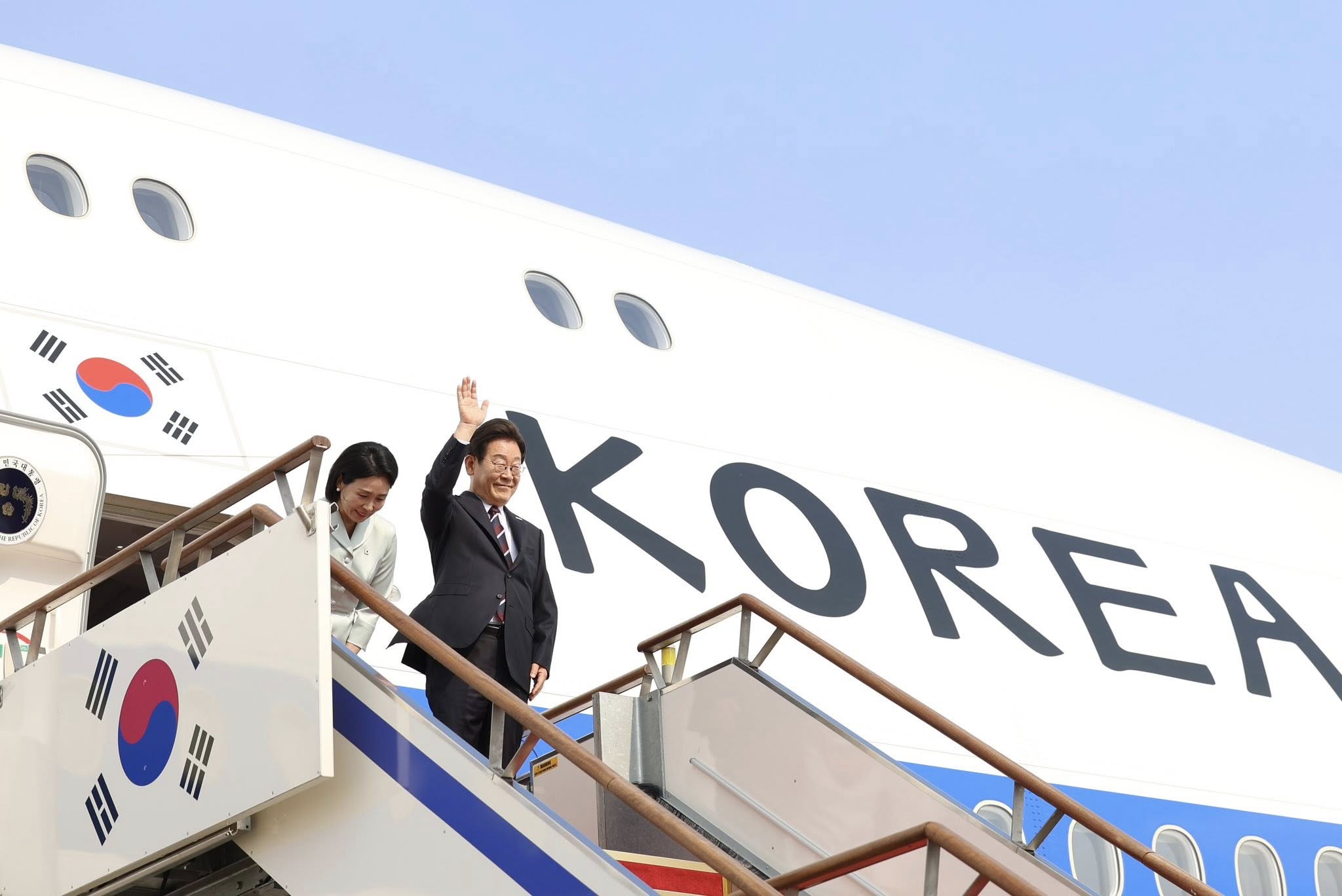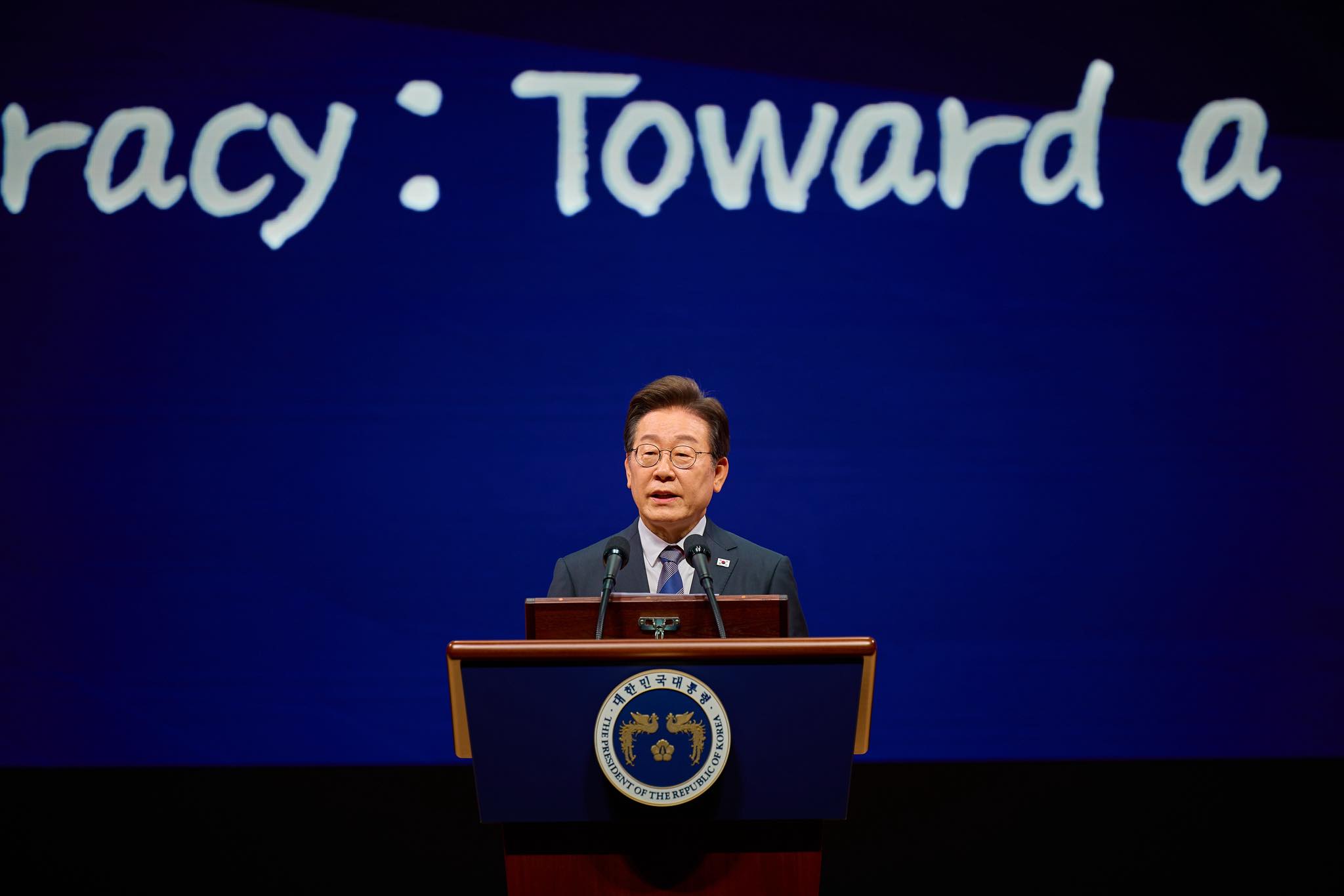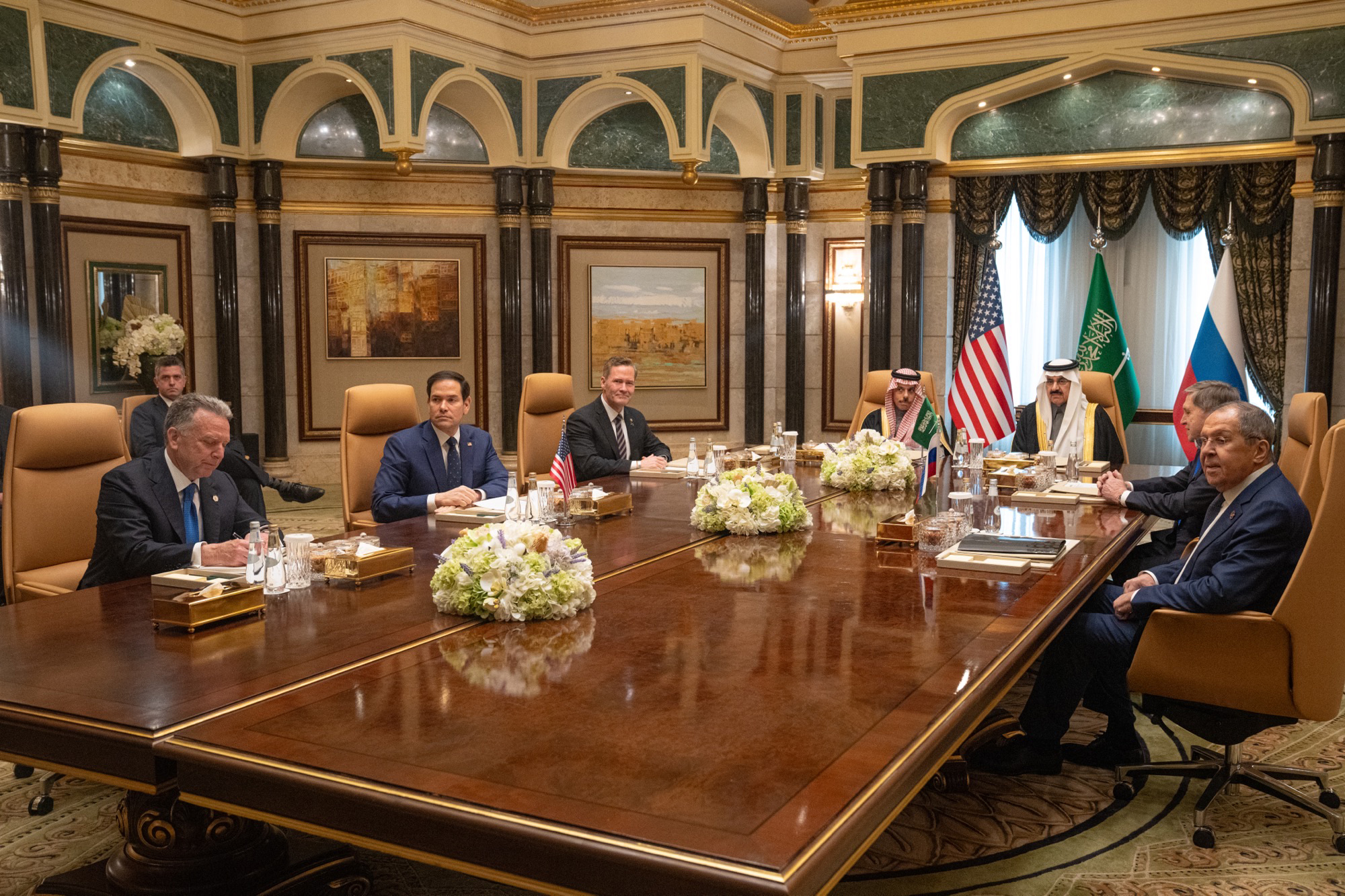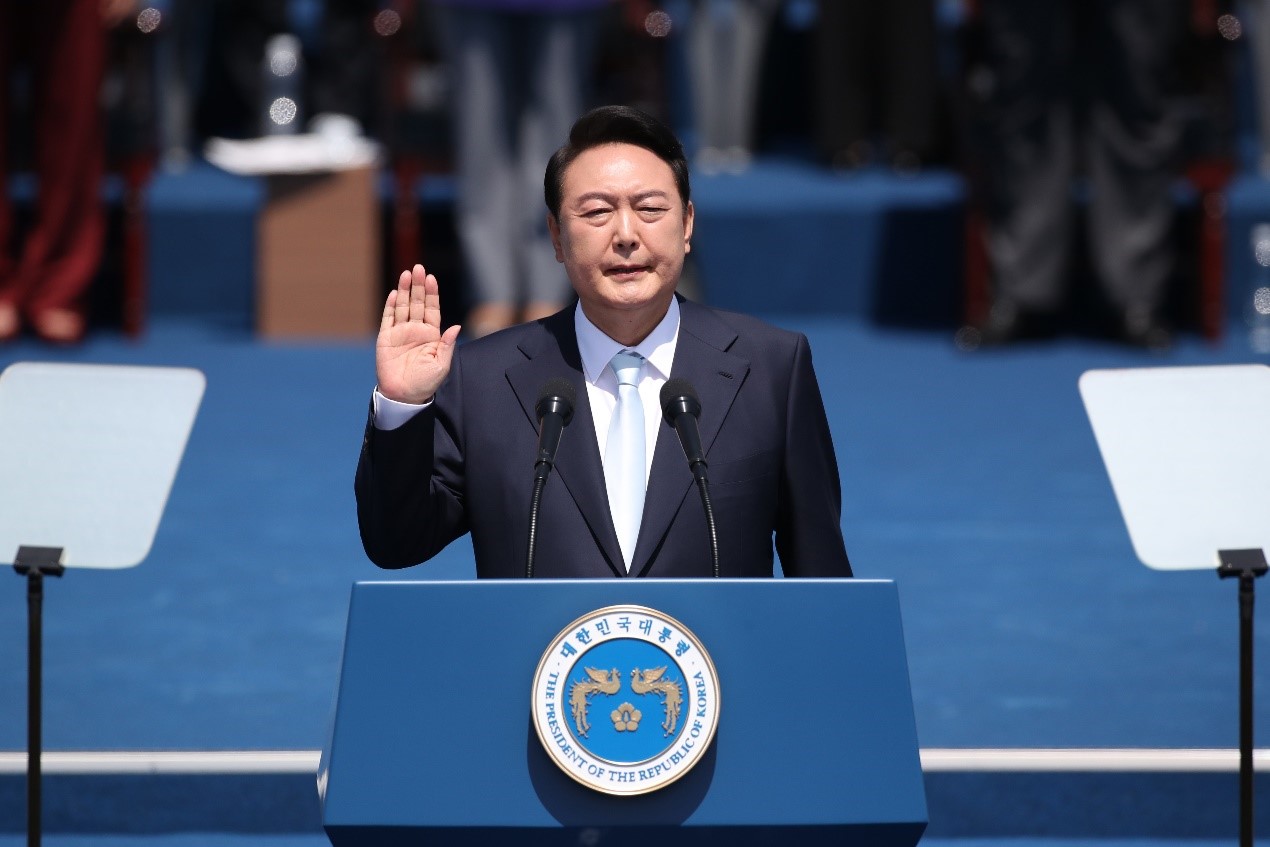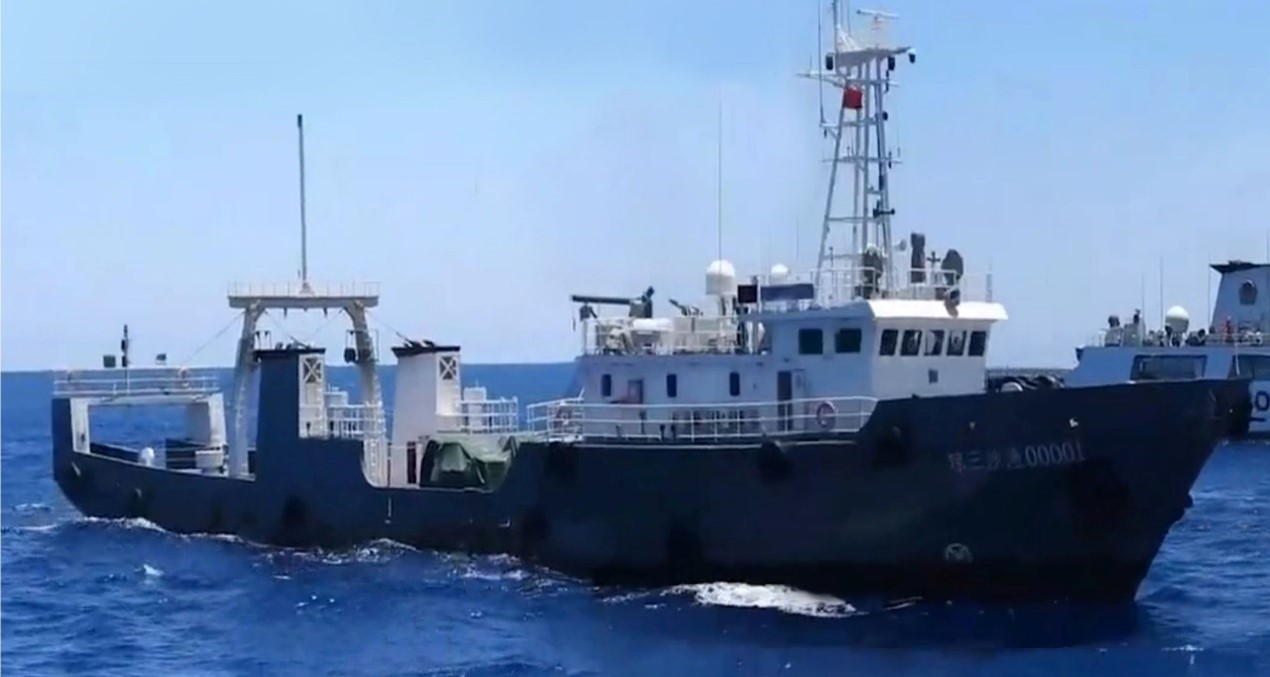North Korea’s missile activity in 2022 has reached a new high water mark. In early November 2022, Pyongyang launched more missiles in a single twenty-four hour period than it previously used to in entire years.
Picture source: NK News, March 11, 2022, Twitter, https://twitter.com/nknewsorg/status/1502030296253976577/photo/1.
What’s Behind North Korea’s Growing Missile Activity?
Prospects & Perspectives No. 70
By Ankit Panda
North Korea’s missile activity in 2022 has reached a new high water mark. In early November 2022, Pyongyang launched more missiles in a single twenty-four hour period than it previously used to in entire years. Moreover, gone are the days when the word “test” would be the most accurate descriptor of most North Korean launches. In 2022, the preponderance of launch activity out of North Korea has corresponded to operational exercises. In short, North Korea is maturing as an operator of large-scale missile forces for both conventional and nuclear operations and is carrying out frequent exercises incorporating its missile forces.
All this said, testing activity does continue. North Korean leader Kim Jong Un after all, in January 2021, outlined an ambitious and wide-ranging set of military modernization objectives at the Eighth Party Congress of the Workers’ Party of Korea. In the nearly two years since, North Korea’s Academy of Defense Science, the body charged with overseeing developmental missile activity, has overseen the successful inaugural testing of new types of weapons like long-range cruise missiles, maneuverable reentry vehicle-capable medium-range ballistic missiles, and more. (Notably, North Korea’s first foray into hypersonic glide vehicle technology in September 2021 appeared to end in failure.)
Both the above-described testing and exercise activity with regard to missile serve the same core purpose: to render Pyongyang’s nuclear forces more survivable and responsive while also enhancing the potential for its vast missile forces to serve as a useful tool of conventional warfare if necessary. With the inauguration of conservative South Korean President Yoon Suk-yeol in South Korea in May 2022, inter-Korean relations have seen a sharp decline and the Peninsula has returned to a familiar spiral dynamic, where shows of resolve by the United States and South Korea have prompted North Korea to respond in kind.
It is this context that explains the unprecedentedly intense spate of missile launches from North Korea in September, October, and November 2022. In June 2022, Kim Jong Un had hinted that North Korea would look to proportionally retaliate with exercises of its own for any military steps taken by the alliance; “power for power,” he warned, would characterize North Korea’s approach. Beginning with the deployment of a U.S. Nimitz-class supercarrier to South Korea in early September, the two sides have seen an action-reaction spiral play out between them.
Meanwhile, prominent North Korean officials, including Vice Marshal of the Korean People’s Army Pak Jong Chon, one of Kim’s most trusted military advisers and officers, and Foreign Minister Choe Son Hui have reiterated this plan to go tit-for-tat with the United States and South Korea. Pyongyang does not appear to be explicitly working up toward deliberately escalating a crisis against South Korean territory, but it will plan on launching missiles to demonstrate its displeasure with the alliance’s military activities. De-escalation, meanwhile, would likely require the United States and South Korea to take the first step — either by rolling back the extent of their joint military activities, or simply by turning the volume on how publicly the alliance communicates its activities.
Despite this spiral, North Korea’s intense launch activities should not be seen as a politically motivated tantrum. Operational exercises are giving the Korean People’s Army valuable experience operating new missile systems. As North Korea moves toward developmental and deploying tactical nuclear weapons — another of Kim’s Eighth Party Congress modernization goals — this will be of paramount concern to the United States and South Korea. Tactical nuclear weapons are not a game changer, however: North Korea has always maintained a low threshold for nuclear use and has long reserved the right to use nuclear weapons first to offset its conventional inferiority.
But as Pyongyang’s missile forces mature and as the Korean People’s Army becomes more generally adept at missile warfare, as rehearsed over repeated launches, the threat to the United States and South Korea will continue to intensify. While the ongoing spiral between the two Koreas may not be pointing in the direction of deliberate escalation intentions by North Korea, there are still risks that a crisis could lead to a kinetic clash through accidental or inadvertent escalation.
First, North Korea appears to be tolerating greater risk in its missile activities overall. In early October, North Korea launched an intermediate-range ballistic missile over Japan’s Tsugaru Strait and into the northern Pacific. While this wasn’t unprecedented, what was unprecedented is that the apparent missile launched was an all-new design that had never been flight-tested before. In the past, North Korea would only overfly Japan with missiles that had already been tested, presumably to lower the risk that the missile would malfunction over Japan territory and potentially release debris over populated areas.
Similarly, North Korea has claimed that it launched two cruise missiles at an unusually southeasterly aim point in the Sea of Japan, off the coast of South Korea. While authorities in Seoul have denied any such launch, South Korea may lack sophisticated enough sensors to track cruise missiles off its coast. Never before has North Korea carried out such a launch. Finally, a North Korean SA-5 surface-to-air missile fired in land-attack mode in the course of the early November missile launches landed some 57 kilometers off South Korea’s coast. It’s unclear if North Korea intended to strike this point, which is an unprecedently southeasterly aim point for a missile launch, or if the old Soviet-vintage SA-5 missile simply went off course.
Cumulatively, North Korea’s shifting behavior around missile launches raises the risk of a serious clash between the two Koreas. Pyongyang is unlikely to back down in its testing activity. With its missile production supply chains now largely indigenized and with an ability to mass produce missiles, North Korea can continue to launch missiles for both developmental and operational purposes.
(Ankit Panda is the Stanton Senior Fellow in the Nuclear Policy Program at the Carnegie Endowment for International Peace in Washington, DC.)


